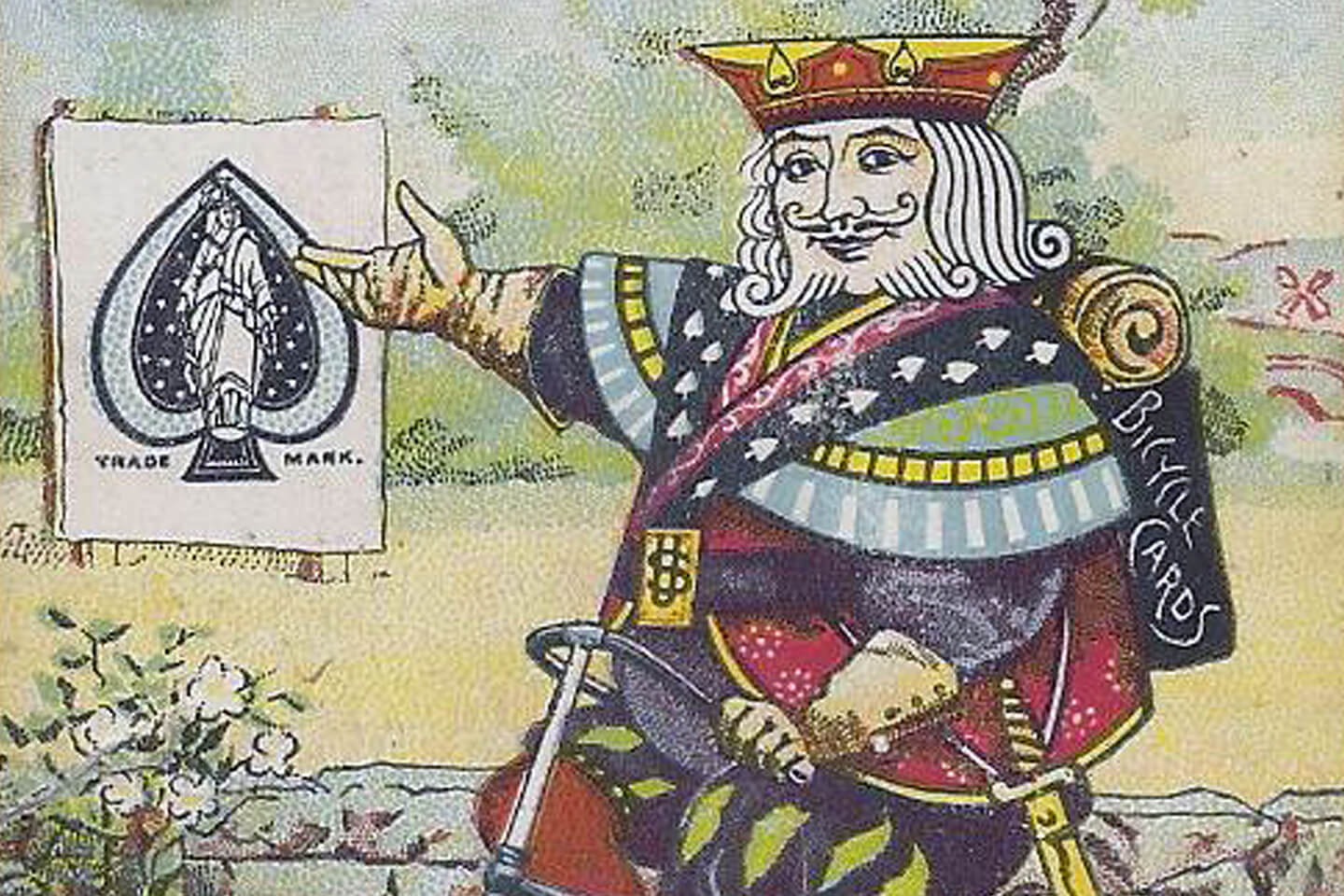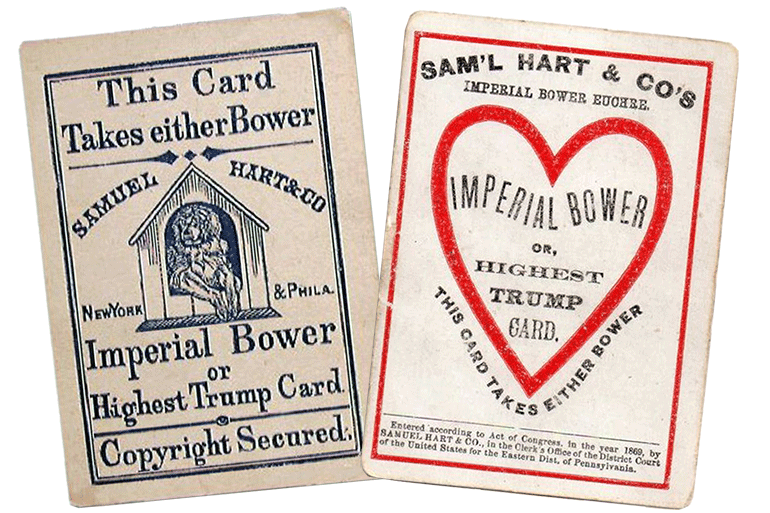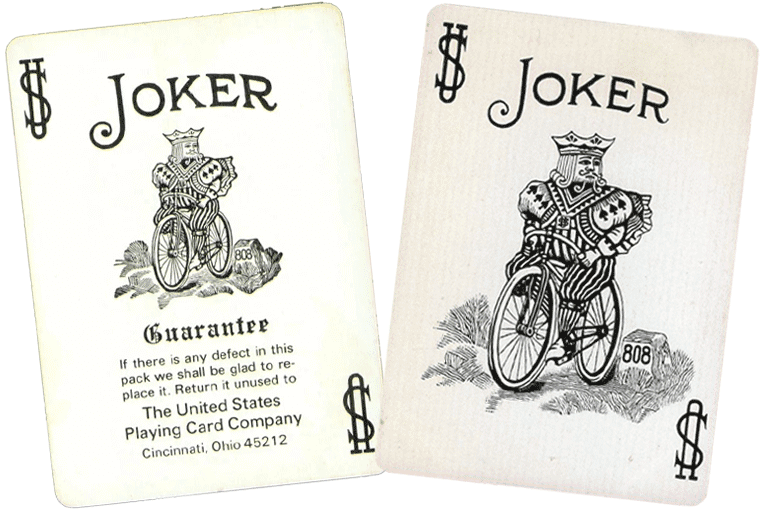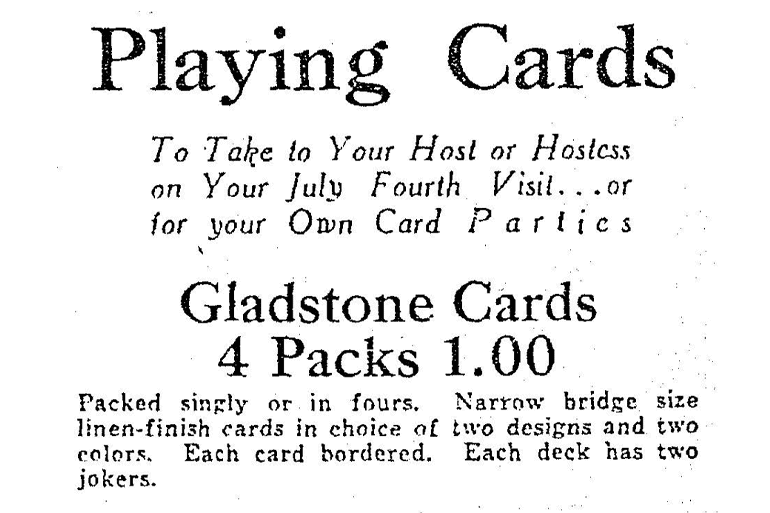Why Are There Two Jokers In A Deck Of Playing Cards?

Why Two Jokers In Playing Cards?
"Why are there two Jokers in a deck of playing cards?" - Anon
The History of The Joker
The tradition of including two Jokers in a standard deck of playing cards has a rich history, particularly tied to the popularity of card games rising from South America in the 1930s. These games required multiple Jokers, originally obtained using two decks of cards. However, we're getting ahead of ourselves.
The concept of the Joker card can be traced back to around 1863 when Samuel Hart, an American cardmaker from Philadelphia, introduced it. Inspired by Euchre's bower card, Hart's Joker quickly became a staple in playing card decks. By the late 1860s, most major American playing card manufacturers began including a single Joker in each deck.

Card Games Like Canasta and Samba Help Popularize 2 Jokers
For almost the next seventy years, decks typically contained only one Joker. However, the need for two Jokers became apparent with the rise of Uruguayan card games like Canasta and Samba in the 1930s. Players would combine two decks to get the required Jokers, adding an extra layer of complexity to the games. American playing card manufacturers eventually decided to include two Jokers in a single deck to streamline gameplay and accommodate these popular card games.
Interestingly, a single Joker is why the world's largest playing card collectors club is called 52 Plus Joker - 52 cards plus a single Joker.

In Canasta and Samba, the two Jokers play a unique role as wild cards, capable of substituting for any other card in melds. The two-card feature adds an element of unpredictability and strategy, as players must decide when to use the Jokers to their advantage. Including two Jokers enhances gameplay's flexibility and adds excitement to various card combinations.

Two Jokers In A Deck Of Cards Persists
Although the popularity of Canasta and Samba has waned, the tradition of including two Jokers in a deck persists. The change not only catered to the needs of these specific card games but also benefited other games and card tricks that could utilize the extra Joker. Samuel Hart's innovation with the Joker card and Canasta/Samba have left a lasting impact on playing cards, influencing gameplay, card design, and even card magic.
Now you know why there are two Jokers in a deck of playing cards.